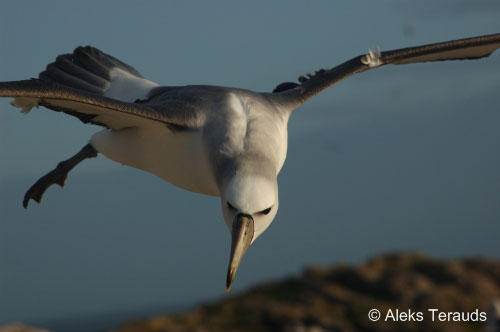A postdoc is required at the School of Environmental Sciences, University of Liverpool to study whether seabirds can detect infrasound (click here).
“You will work on a large collaborative grant, examining the use of infrasound for seabird navigation. The post will involve the analysis of large seabird bio-logging datasets, to examine the global movement decisions of individuals, populations and species. You will work with other researchers on the grant to integrate movement trajectories with atmospheric and oceanographic models and, design and implement, novel analytical techniques to capture movement decisions and navigation. Combining these with new measures of aural structures, the post will conduct phylogenetic analyses on seabird movement, habitat choice and navigation across species. The grant will involve four post-doctoral researchers and this specific post will focus on seabird ecology and movement. The data will be gathered from pre-existing bio-logging projects and novel bio-logging devices will be developed to measure in situ infra-sound with a variety of environment variables. Overall, the project will address whether seabirds can detect infrasound, alter their behaviour in response to it and assess its importance in the life-history of different species. You should have a PhD in biology or ecology. The post is available from 1 October 2017 until 31 September 2020.”

Shy Albatross - photograph by Aleks Terauds
Closing date for applications is 29 August 2017.
John Cooper, ACAP Information Officer, 20 July 2017

 English
English  Français
Français  Español
Español